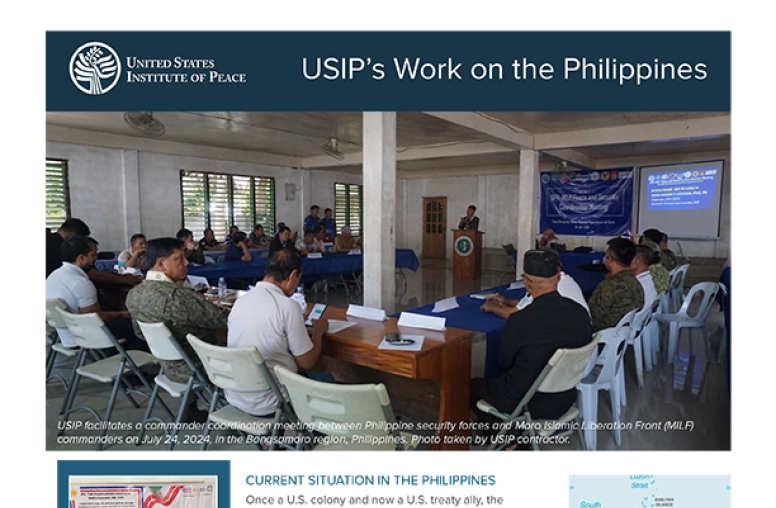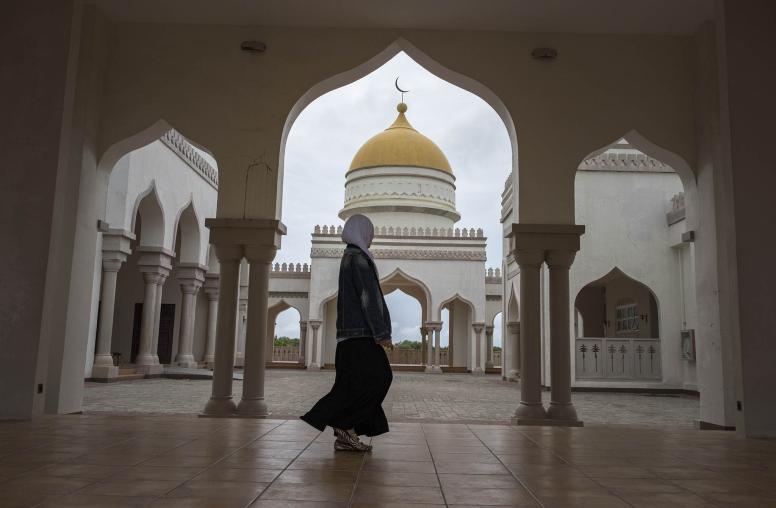Education and Training in Nonviolent Resistance
Civil society around the world has demonstrated the ability to bring about change without violence. Critical to civil society’s success is preparing communities to undertake safe and strategic nonviolent action (NVA) movements. Previous research on NVA has focused on three broad methodologies: protest and persuasion, noncooperation, and intervention. This Report contributes to the knowledge on NVA by highlighting key strategic functions and outcomes of education and training–a fourth and critical methodology for movements around the world.
Summary
- The three nonviolent methodologies identified in seminal works are protest and persuasion, noncooperation, and intervention. Somewhat overlooked is a focus on organization or capacity building, which includes education and training.
- Education and training fulfill a critical strategic function in capacity building by helping build certain key components of successful movements: planning, unity, and discipline.
- Historical examples from Germany, the Philippines, Serbia, and the United States demonstrate this instrumental role.
- The education and training methodology and philosophy developed during the U.S. civil rights movement of the 1950s and 1960s became a model for the campaigns and movements that followed.
- The Yellow Revolution in the Philippines to restore democracy in the mid-1980s was built on education that enabled the powerless to strategically address the regime’s power and on training to effectively challenge authority.
- The nuclear power industry in the United States and Germany was stymied by a determined transnational grassroots movement in the 1970s and 1980s. Critical to its success were strategic planning, nonviolent action, consensus decision making, and legal processes.
- The Serbian civil protest group Otpor! grew from a handful of students into an eighty thousand–person movement that proved instrumental in overthrowing a dictatorship and helping establish a democracy. Training was key.
- Although policy-relevant research on civil resistance is expanding as the number of popular movements increases, the strategic value of education and training in such movements remains relatively understudied.
- Four historical examples of successful nonviolent movements suggest five general and actionable strategic functions of education and training.
About the Brief
This report highlights key strategic functions and outcomes of education and training in nonviolent civil resistance movements around the world. Funded by the United States Institute of Peace (USIP), it draws on findings from research, trainer and participant interviews, and the author’s experience with nonviolent civil movements.
About the Author
Nadine Bloch is training director for Beautiful Trouble, an organization that advances creative activism. Her work focuses on nonviolence education and civil resistance. The author thanks Maria Stephan and Amun Nadeem at USIP for support of this project.



